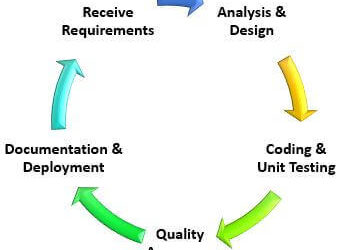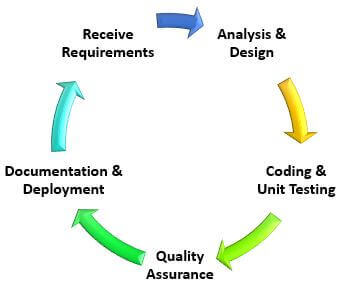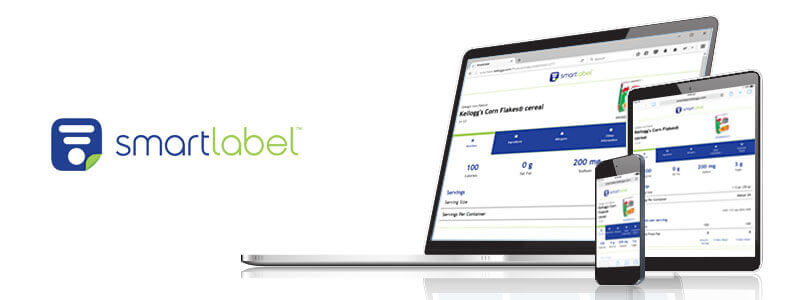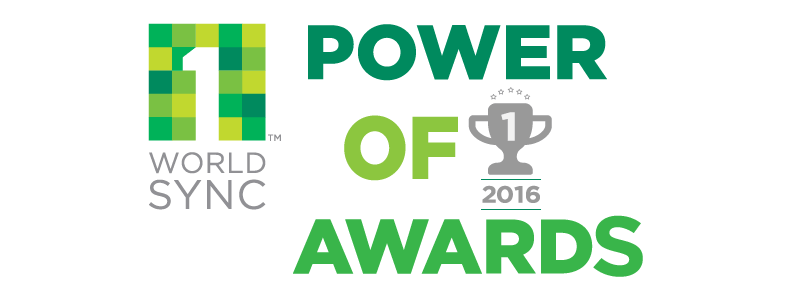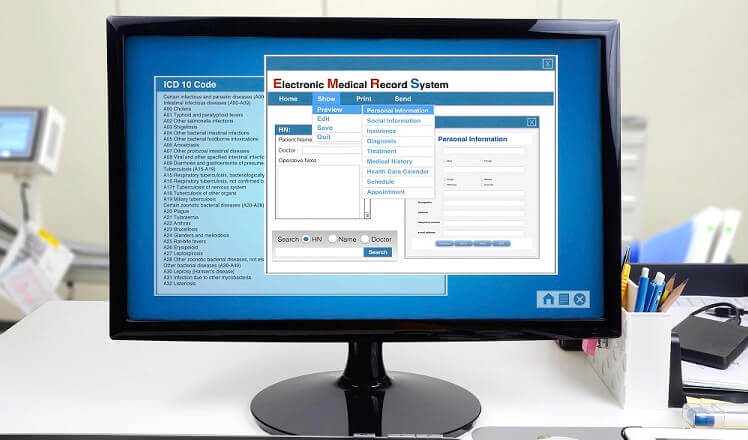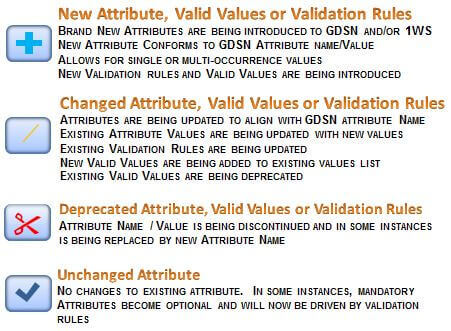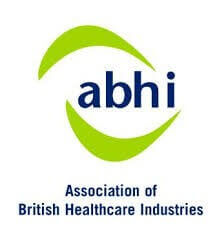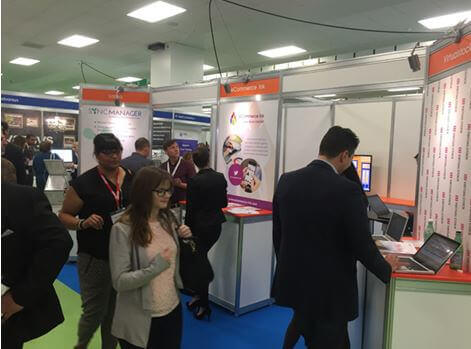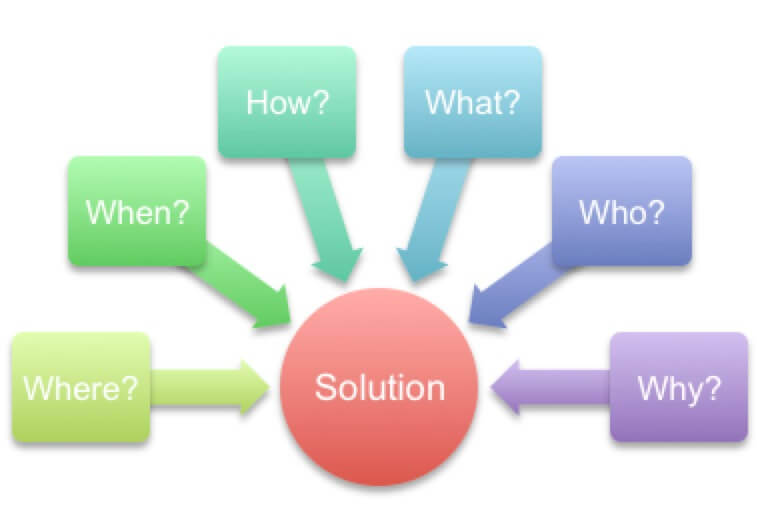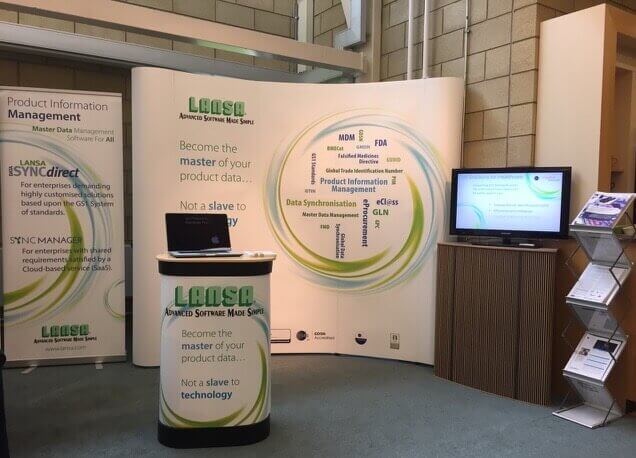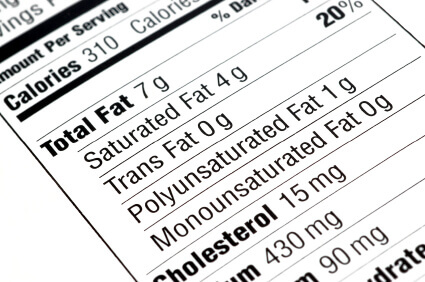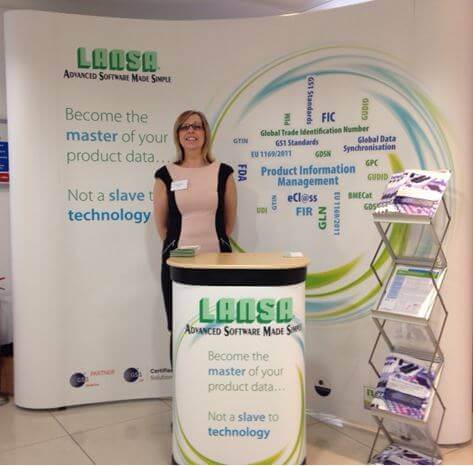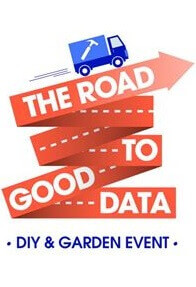Happy Outcomes?
This series of articles has looked at the various requirements and legislation supporting the automation of the UK National Health Service (NHS) procurement, product use and recording in electronic systems of the near £30 Billion of pharmaceuticals, device, consumables and services which are bought every year to support care delivery. This final article seeks to summarise the overall benefits of such systems and to contextualise the effort and priority that should be given to such initiatives.
The eProcurement strategy required that, by June 2015, all acute trusts in England have appointed a non-executive board member to be responsible for the adoption of the eProcurement Strategy. In addition, a GS1 lead be responsible for the implementation and a board approved plan for how this implementation will take place. Here we will propose two scenarios in 3-5 years’ time; one where the bare minimum has been done to achieve the requirements of the strategy and another where the requirements have been embraced in context and used as the platform to deliver improved procurement, value and care.
Scenario One: We complied with the requirements
“The EPR system works fine, for the most part. All observations, test results, diagnoses and interventions record beautifully. Trying to enter the details of every product used, on every patient though – that’s a challenge. It could be achieved by typing the details into free text fields but with each product carrying a 33 digit number it takes the nurses and pharmacists far too long, so we record the details where we can; the PAS system seems to be able to deal with some of them, the pharmacy management systems with others and the rest? Well, it’s horses for courses; make do and mend.
Then there’s patient identification. We now have printed wristbands and the SOPs and other protocols around this work well. They all have some sort of barcode on them that looks very nice and technical, but they never really get scanned. We have ticked all the boxes and have all the relevant ‘bits’ of the strategy in place but they don’t seem to hang together.
When things run out, on the ward or in theatre, the nurses still phone the supplier and order replacements – we know they often order too much and hide the excess so that they don’t run out again. They say that they spend far too much time looking for things so you can’t blame them really.”
Scenario Two: We benefited through implementation of the requirements.
“When we began implementation of the eProcurement Strategy we saw it as an opportunity to integrate disparate systems and improve work flows; not necessarily by replacing existing systems but simply by focussing on use of the GS1 system and how to use this ‘language’ to help existing processes to integrate. So, when a nurse or a surgeon use a particular item to deliver care to a patient the use of that item is recorded in the patient record automatically by scanning the patient’s wristband and the barcode on the item. The EPR system also reports the use of the item to the procurement system. This system, and the inventory management system, work together to ensure that stock of necessary items at all locations is maintained to the right level.
The suppliers are generally happier too; they get paid on time and the difficulty of introducing a new product to the system seems to be offset by the assurance that, once adopted, the product will get used optimally for a longer time.
We don’t have to spend hours scurrying around stock rooms or ringing other wards to see if they have stuff. There are fewer cancelled operations because the kit we need is here when we need it and the whole place feels less cluttered.”
The two scenarios are not so different; one saw the strategy as something to be done and simply got on with it. The second saw the opportunity to improve processes and workflow and reaped the benefits.
In fact the benefits can be quite considerable:
Cambridge University Hospital estimate that good inventory management and stock control released nursing time equivalent to 30 new FTEs on the ward – and that was in a single theatre and ward.
Source: Presentation by Chris Robson from Cambridge University Hospitals NHS Trust, at the GS1 UK Healthcare Conference 2014
Leeds Hospitals estimated that the nursing time lost to administrative tasks relating to procurement cost them £19M per year.
Source: Presentation by Graham Medwell from Leeds University Hospitals NHS Trust at the GS1 UK Healthcare Conference 2014
The Department of Health estimate of £3M in recurrent savings for a 600-bed trust represents the bald cash efficiency savings. Full implementation of the eProcurement Strategy and the imagination to realise how far reaching it can be, could open the door to a far greater contribution to staff and patient well-being.





